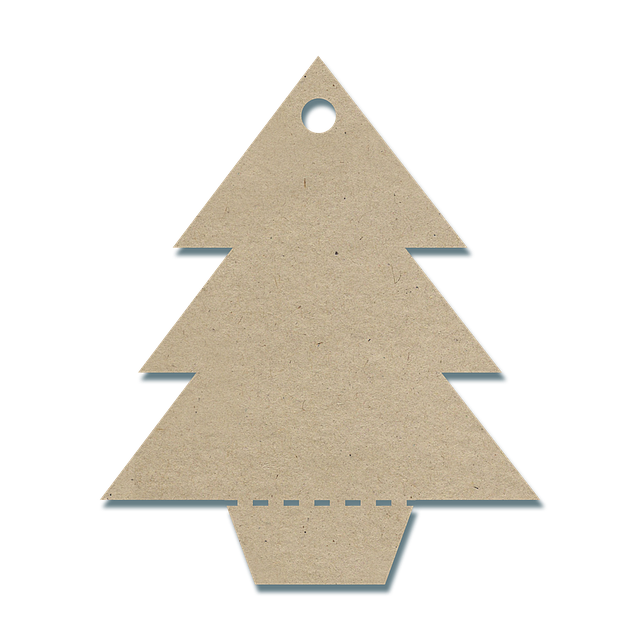Skin tags, caused by friction, trauma, or medical conditions, can be removed at home using non-surgical methods like salicylic acid and duct tape, but for more persistent or unsightly tags, professional Leeds Tag Removal through cryotherapy, laser therapy, or surgical excision offers effective, permanent solutions with minimal scarring.
Skin tags, those small, soft bumps on arms and legs, are common but many seek effective removal methods. Understanding their causes is the first step. This article explores non-surgical home remedies and delves into professional Leeds tag removal options for persistent or unsightly tags. From DIY solutions to expert care, discover the best approaches tailored to your needs, ensuring comfortable and successful treatment.
- Understanding Skin Tags and Their Causes
- Non-Surgical Removal Methods for Home Use
- Professional Leeds Tag Removal: When to Consider It
Understanding Skin Tags and Their Causes
Skin tags, also known as acrochordons, are small, soft, flesh-colored or brown growths that appear on various parts of the body, including the arms and legs. They are generally harmless but can be a source of discomfort and self-consciousness for some individuals. Understanding their causes is an essential step in determining the best treatment options, such as Leeds Tag Removal methods, to address this common skin concern.
The primary cause of skin tags is excessive friction or trauma to the skin. This can occur due to clothing rubbing against the skin, especially in areas with fold and creases like the inner arms and thighs. Obesity, poor hygiene, or even certain medical conditions can also contribute to their development. Hormonal changes and aging are other factors that might make some people more prone to getting skin tags. Recognizing these triggers is crucial for effective Leeds Tag Removal and preventing future occurrences.
Non-Surgical Removal Methods for Home Use
Non-surgical removal methods are a popular choice for those seeking to get rid of skin tags at home. One such method is using salicylic acid, which can be found in over-the-counter treatments. This gentle yet effective acid helps to shed dead skin cells and dry out the tag, eventually causing it to fall off. Another common at-home remedy involves duct tape. It may sound unconventional, but applying duct tape for several days can suffocate the skin tag and lead to its removal without any pain or scarring.
For more targeted treatments, cryotherapy (freezing) is a non-surgical option that uses liquid nitrogen to freeze and destroy skin tags. This procedure is typically performed by a dermatologist and offers a safe and relatively painless way to remove unwanted skin growths. Additionally, laser therapy is another non-invasive approach, where a laser beam targets the blood vessels supplying the tag, causing it to shrink and fall off. These methods, often referred to as Leeds Tag Removal techniques, provide convenient alternatives to surgical procedures for those aiming to get rid of skin tags on arms and legs from the comfort of their homes.
Professional Leeds Tag Removal: When to Consider It
If your skin tags have become uncomfortable or unsightly, and home remedies haven’t provided the desired results, it might be time to consider professional Leeds Tag Removal. Skilled dermatologists or cosmetic clinics in Leeds offer various effective methods to eliminate these small, harmless growths.
Professional removal is particularly recommended for stubborn or numerous tags, or if there are concerns about potential skin cancer. A qualified expert can assess your condition and suggest suitable treatments, including cryotherapy (freezing), surgical excision, or laser therapy. These procedures ensure precise removal with minimal scarring, offering a more permanent solution compared to at-home methods.
When considering the best ways to treat skin tags on arms and legs, understanding their causes is key. While non-surgical removal methods can be effective at home, professional Leeds tag removal offers a more permanent solution. If over-the-counter options fail or for peace of mind, consulting a specialist for high-quality care, like that offered in Leeds, is advisable.
